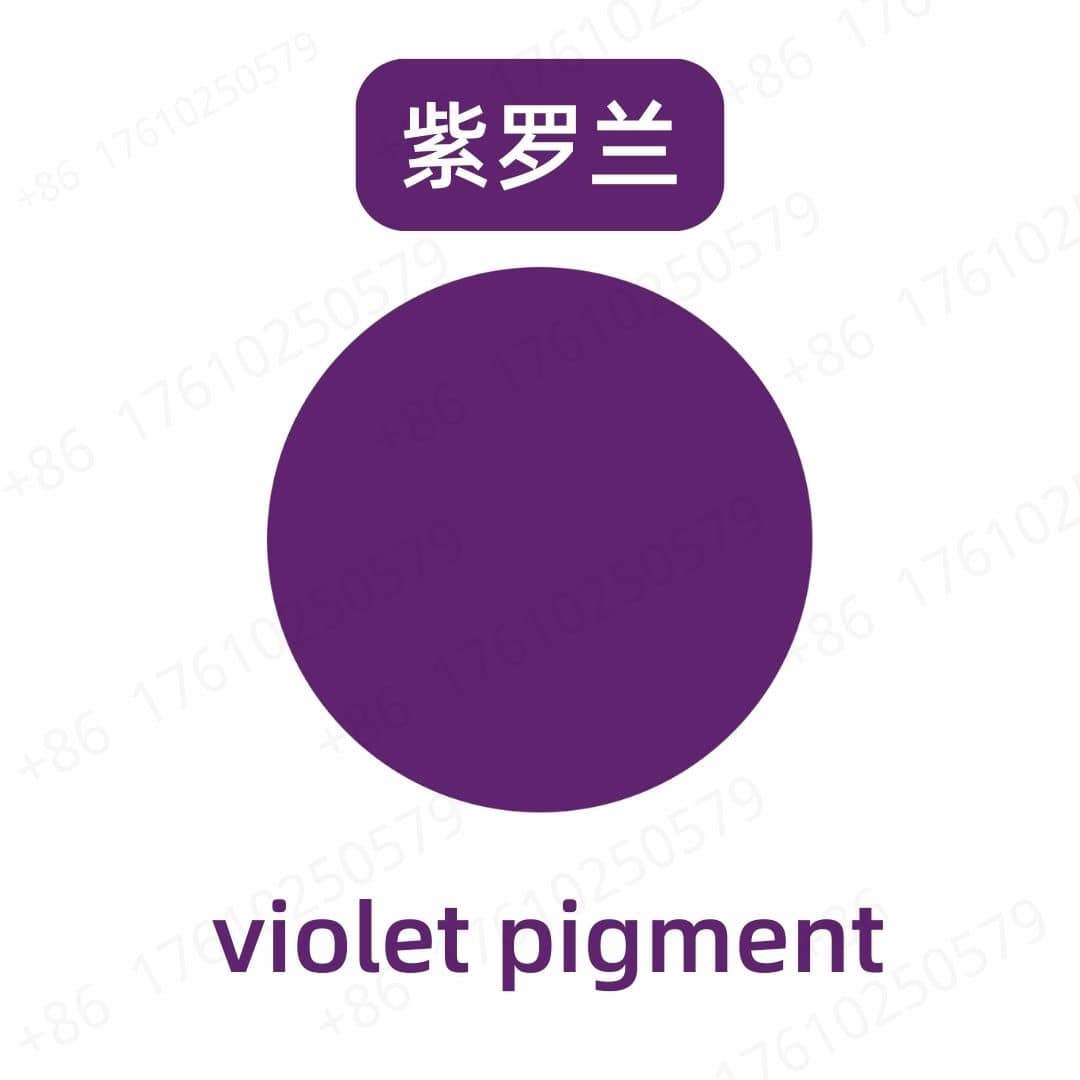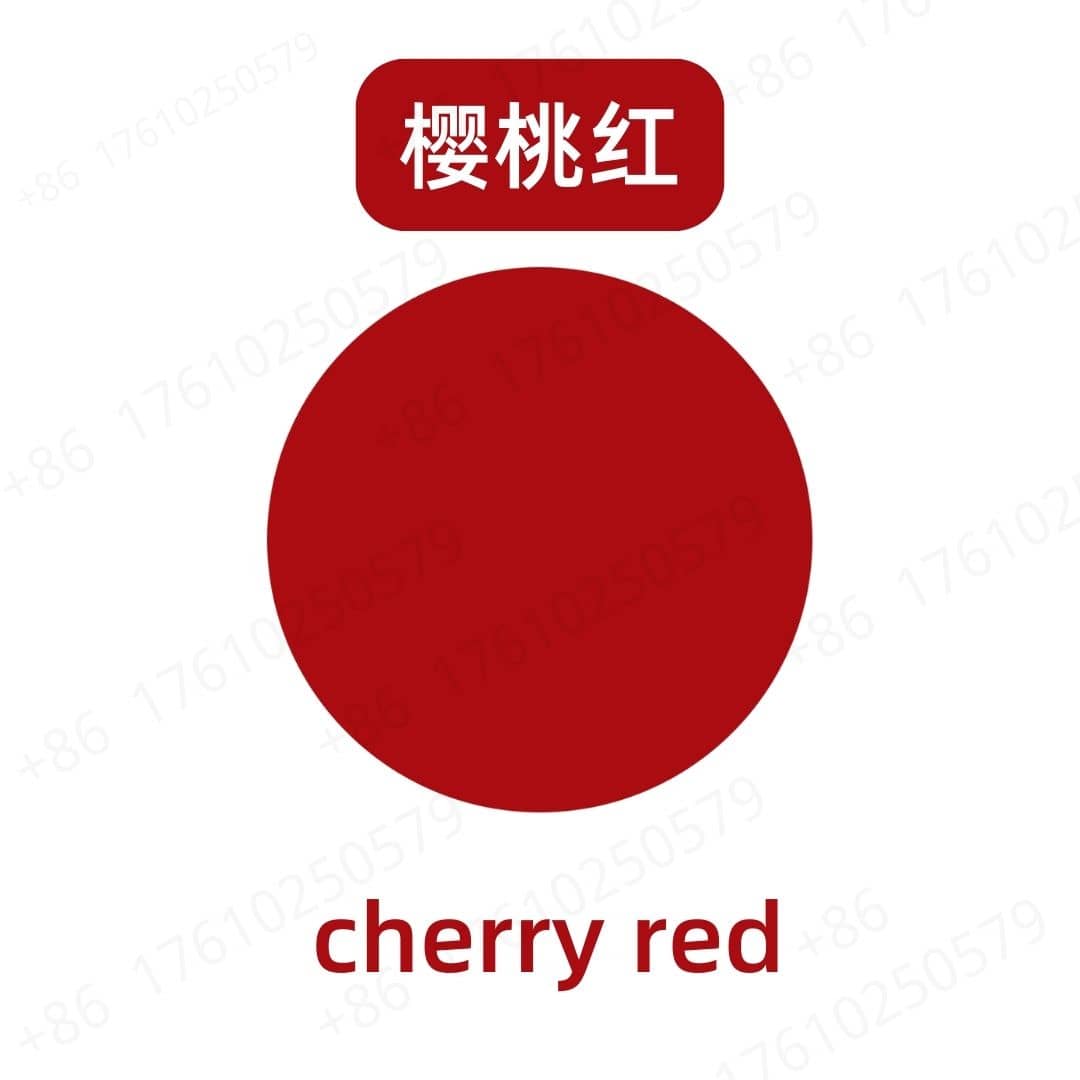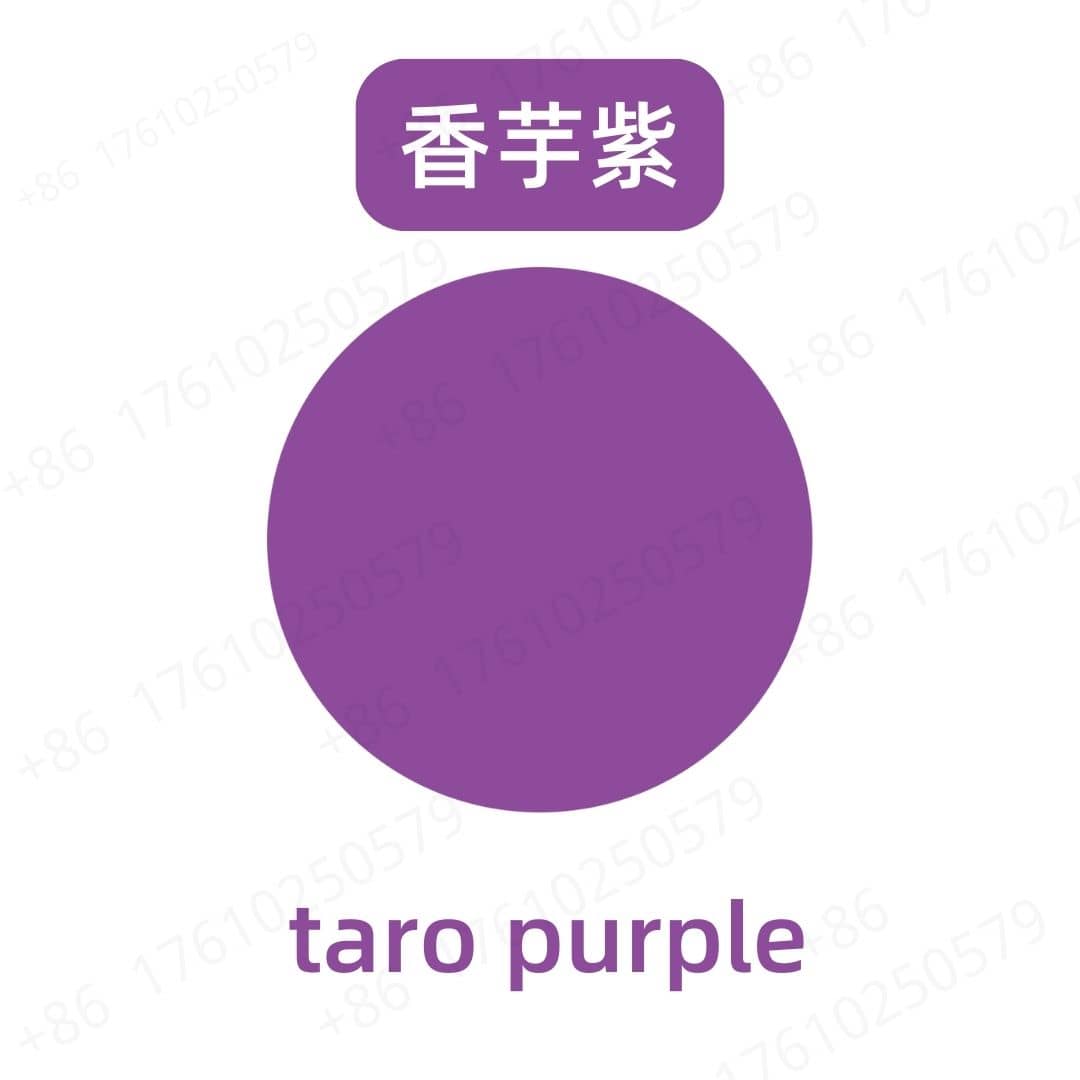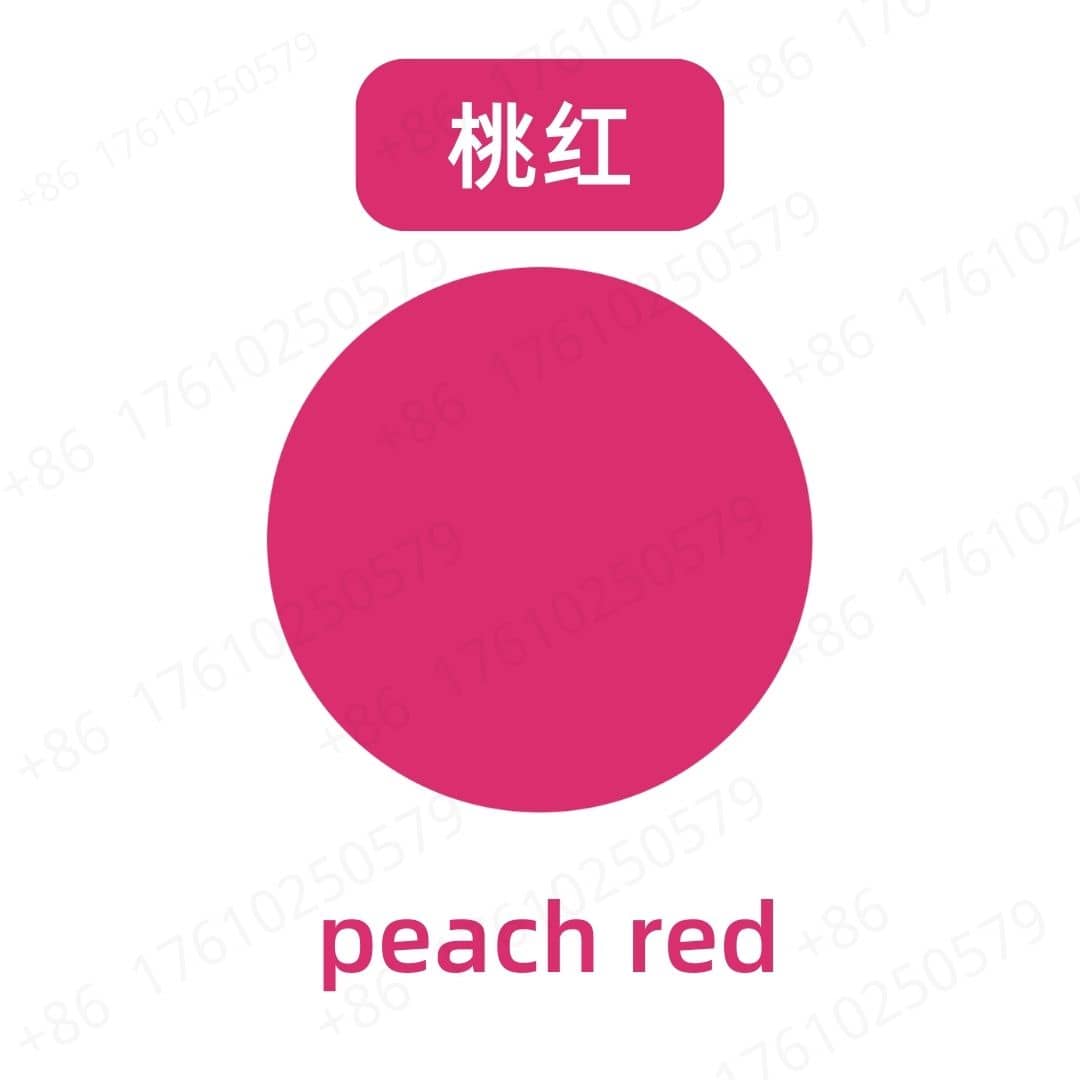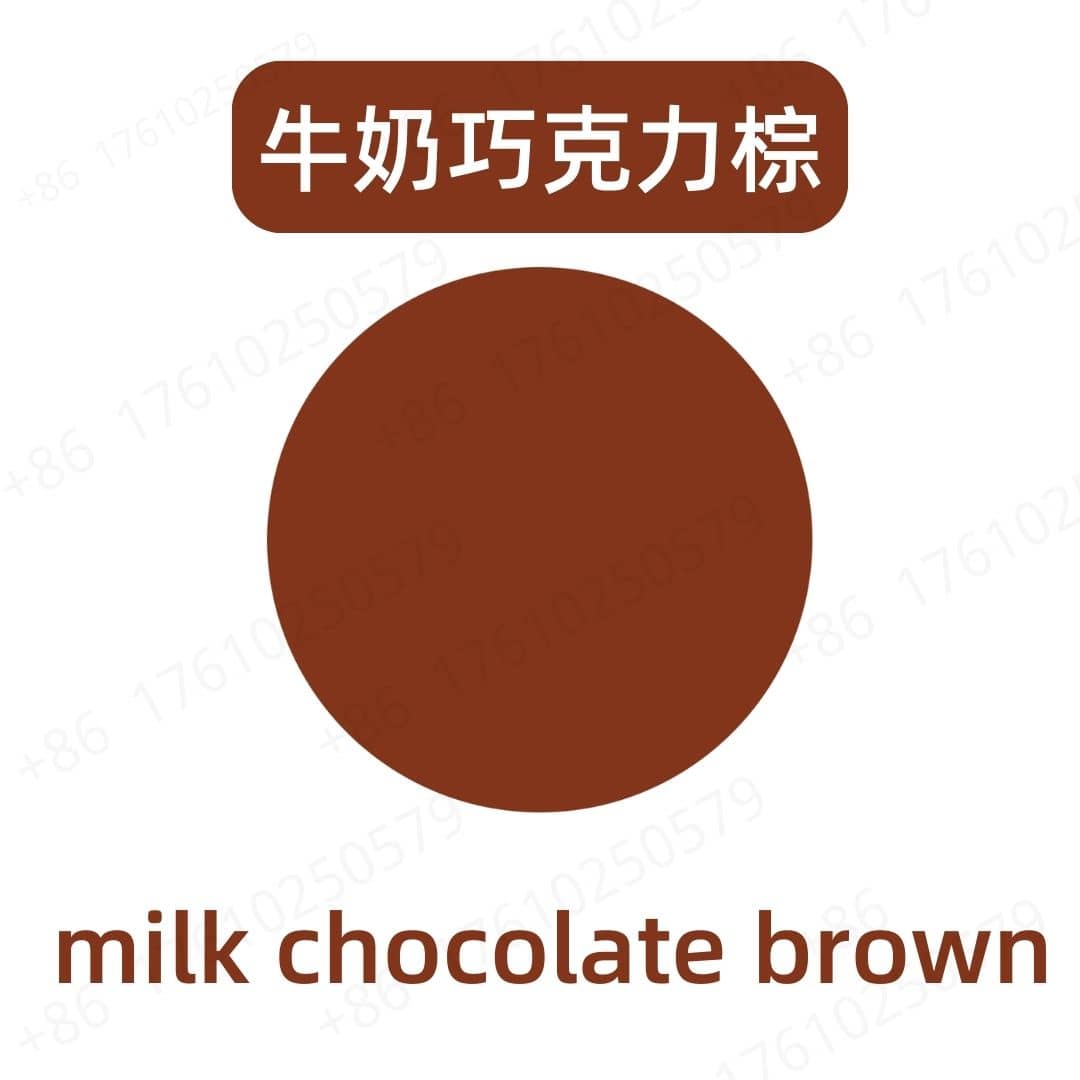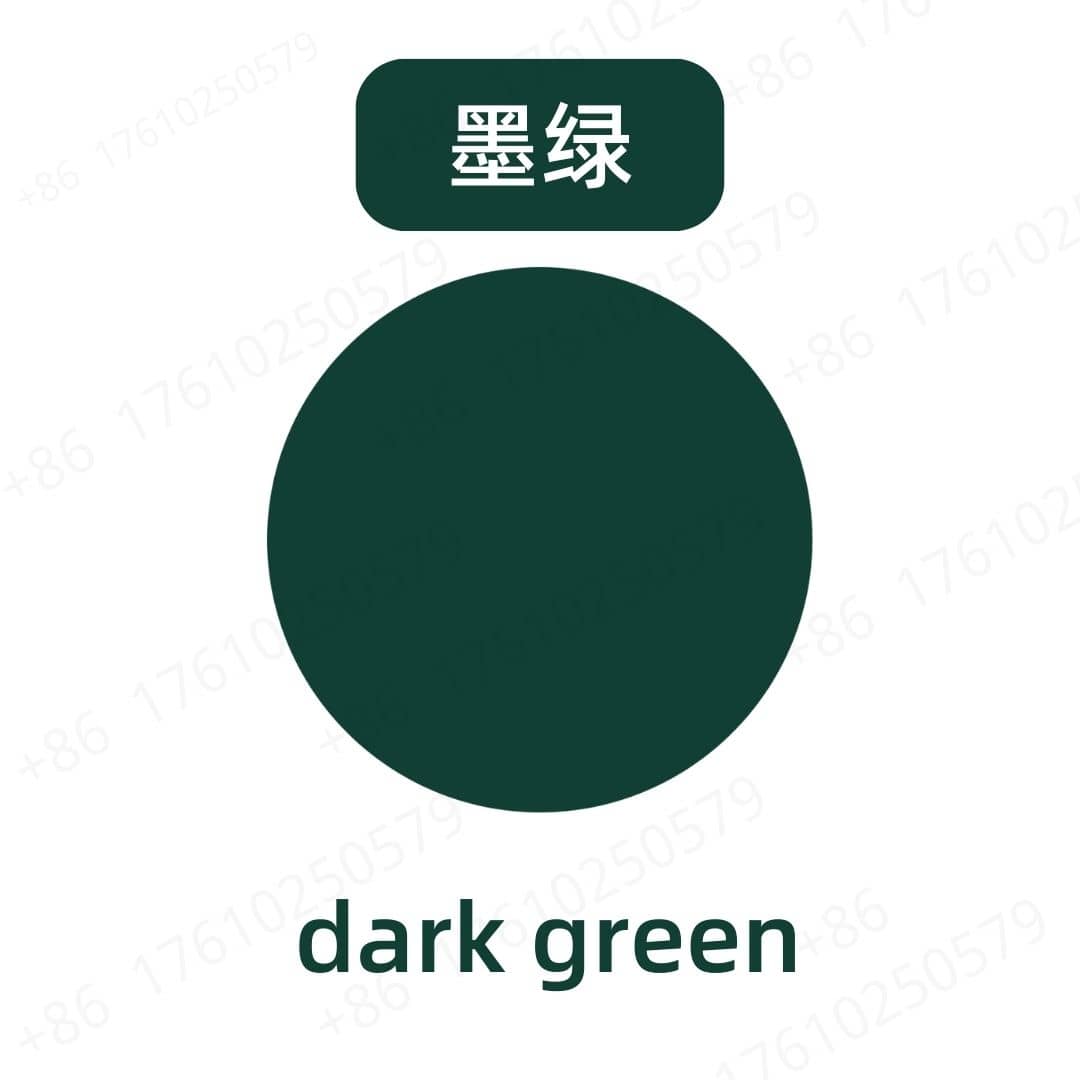Product Introduction
Rose pink pigment is a natural colorant widely used across various industries. It derives its vibrant hue from natural sources, primarily plant extracts, making it a popular choice for consumers seeking non-synthetic options. Due to its appealing color, it finds applications in food, cosmetics, and textiles, offering a safe and effective means to enhance visual appeal.
Production Process
The production of rose pink pigment typically involves the extraction and processing of natural plant materials. Initially, the plants are harvested, and the relevant parts are subjected to a drying process. Afterward, they undergo extraction using solvents to isolate the pigment compounds. Once extracted, the pigment is purified and dried to achieve the desired powder form. Finally, it is ground to a specified mesh size for optimal application across various products.
Application Scenarios
Rose pink pigment is versatile and can be used in many scenarios. In the food industry, it is utilized to color various products, including confections, beverages, and baked goods, making them visually appealing. In cosmetics, it enhances the color of makeup products such as lipsticks, blushes, and eyeshadows, providing a natural look. Moreover, in textiles, it is used to dye fabrics, offering an eco-friendly coloring alternative for clothing and accessories.
Packaging and Storage
Storage Conditions: Store in a sealed, light-proof container, away from high temperatures, in a dry, cool, and well-ventilated place.
Packaging:
- Bulk: 25kg/fiber drum
- Sample: 1kg/aluminum foil bag
- Custom packaging available upon request.
Shipping Methods: FedEx, DHL, dedicated logistics, and sea freight consolidation.
Shelf Life: Two years
Monica Sun possesses extensive technical expertise and market insights in the food additives industry. She excels in designing efficient and safe additive formulations tailored to various food applications, ranging from sweeteners to functional dietary fibers. Monica has successfully assisted food manufacturers in optimizing ingredient combinations to enhance product quality and improve consumer satisfaction.









